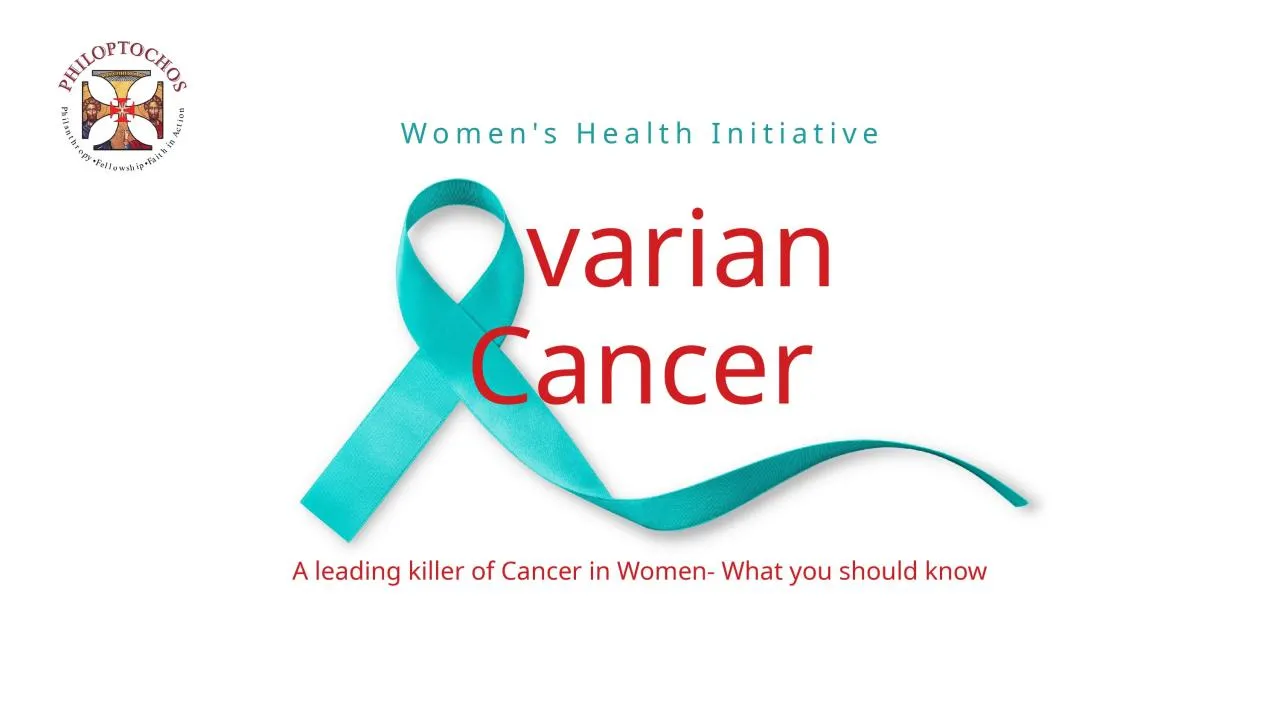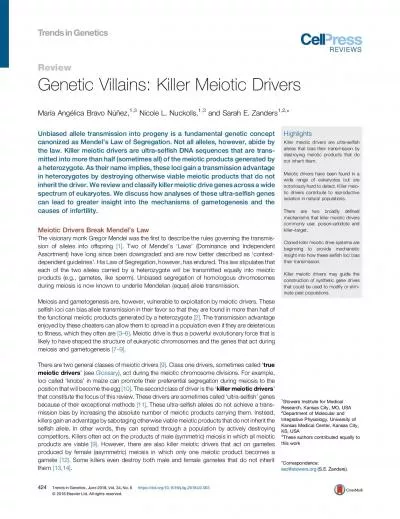PPT-01 varian Cancer A leading killer of Cancer in Women- What you should know
Author : queenie | Published Date : 2022-06-01
Womens Health Initiative About Ovarian Cancer Cance r starts when cells in the body begin to grow out of control Ovarian cancer tumors may start in fallopian tubes
Presentation Embed Code
Download Presentation
Download Presentation The PPT/PDF document "01 varian Cancer A leading killer of ..." is the property of its rightful owner. Permission is granted to download and print the materials on this website for personal, non-commercial use only, and to display it on your personal computer provided you do not modify the materials and that you retain all copyright notices contained in the materials. By downloading content from our website, you accept the terms of this agreement.
01 varian Cancer A leading killer of Cancer in Women- What you should know: Transcript
Download Rules Of Document
"01 varian Cancer A leading killer of Cancer in Women- What you should know"The content belongs to its owner. You may download and print it for personal use, without modification, and keep all copyright notices. By downloading, you agree to these terms.
Related Documents












![[EPUB] - Stuff Every College Student Should Know (Stuff You Should Know)](https://thumbs.docslides.com/903414/epub-stuff-every-college-student-should-know-stuff-you-should-know.jpg)

